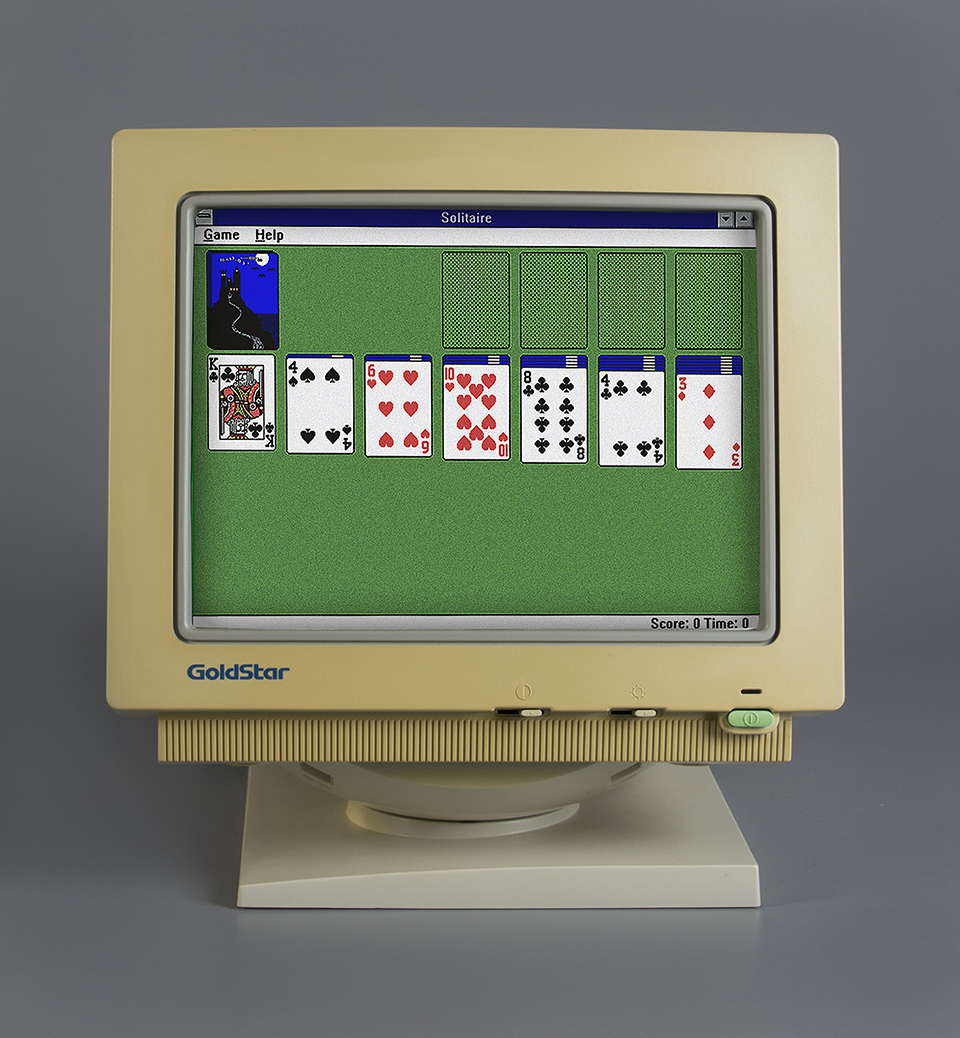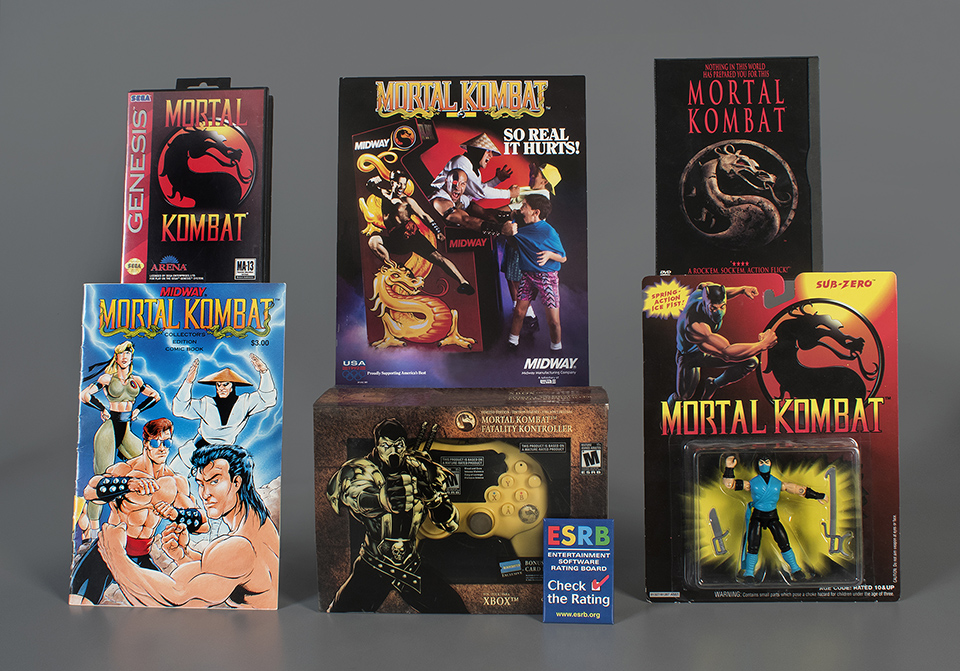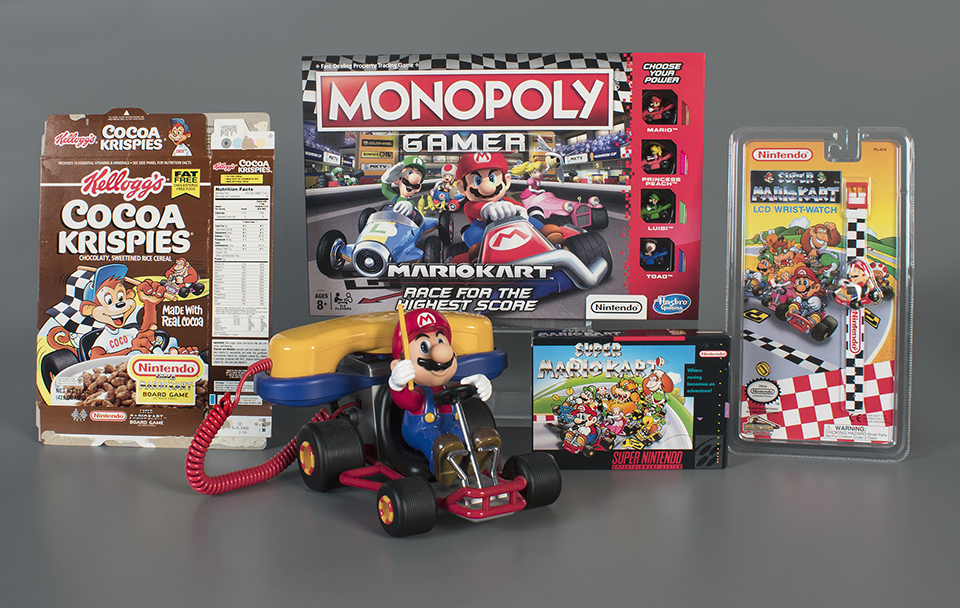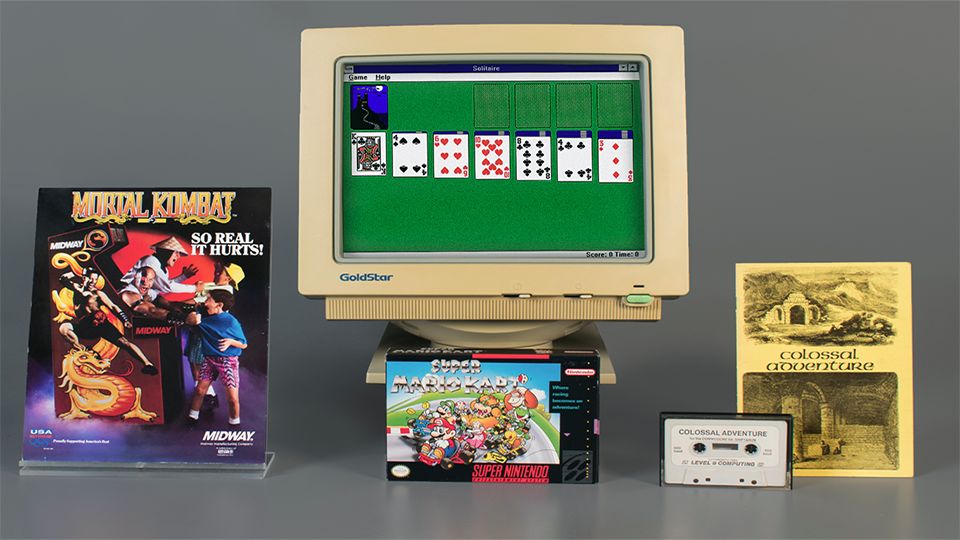Twelve entered, but only four survived — the Strong National Museum of Play announced this year’s inductees for the World Video Game Hall of Fame in downtown Rochester Thursday morning.
The inductees are Colossal Cave Adventure, Microsoft Solitaire, Mortal Kombat, and Super Mario Kart.
The finalists that didn’t make the cut were Candy Crush, Centipede, Dance Dance Revolution, Half-Life, Myst, NBA 2K, Sid Meier's Civilization, and Super Smash Bros. Melee.
Established in 2015, the World Video Game Hall of Fames recognizes individual electornic games of all types — arcade, console, computer, handheld, and mobile — that have widespread popularity over a sustained period of time. Past inductees are on permanent display at the museum’s eGameRevolution exhibit.
Anyone is eligible to nominate a game for the Hall and final selections are made by a combination of the Player’s Choice Ballot, and an independent committee of journalists, scholars, and other individuals familir with the history of video games and their role in society.
Game bios courtesy the World Video Game Hall of Fame:

Colossal Cave Adventure: Text-based Colossal Cave Adventure debuted in 1976 and conjured up an immersive, inteactive fantasy world despite the limits of primitive computer technology. While the game had no graphics and relied on players typing written commands, it still offered a fully-realized realm to explore, with treasures to find and puzzles to solve. It laid the foundation for an entire genre of fantasy and adventure games, and it directly inspired other pioneering titles, such as Adventureland and Zork, which helped launch the commercial computer game industry. “The best games fire the imagination,” says Jon-Paul Dyson, director of The Strong’s International Center for the History of Electronic Games. “Anyone who first typed a command like ‘get lamp’ into Colossal Cave Adventure could see the power of electronic games to create magical worlds of the imagination.”

Microsoft Solitaire: Based on a centuries-old card game, Microsoft Solitaire debuted in 1990 on the Windows 3.0 computing platform and became ubiquitous around the world. Since then, Microsoft Solitaire has been distributed on over a billion computers and is now played 35 billion games per year in over 200 markets around the world and is localized into 65 languages. “The game proved that sometimes analog games can be even more popular in the digital world and demonstrated that a market existed for games that appeal to people of all types,” says Jeremy Saucier, assistant vice president for electronic games and interpretation. “In many ways, it helped pave the way for the growth of the casual gaming market that remains so popular today.”

Mortal Kombat: Mortal Kombat brought cutting-edge graphics and unique fighting styles to the arcade when it launched in 1992. The game’s over-the-top depictions of violence also spurred international debate, including Congressional hearings in the United States that spurred the creation of the Entertainment Software Rating Board (ESRB) in 1994, and provided that games weren’t just for kids. By pushing the boundaries in terms of content and what players could do with their in-game characters, Mortal Kombat spawned an entire franchise—including games, music albums, action figures, a theatrical stage show, and Hollywood movies. Says Digital Games Curator Andrew Borman, “Beyond its controversial content and role in triggering debate about the role of violent video games in society, Mortal Kombat’s compelling gameplay, iconic characters, and many sequels have kept players coming back again and again.”

Super Mario Kart: Nintendo’s Super Mario Kart combined the thrill of racing games with the beloved characters of its Super Mario Bros. franchise. Released in 1992, the game built on previous racing games and popularized the go-kart subgenre. Super Mario Kart has sold millions of copies on the Super Nintendo Entertainment System and generated a dozen other titles across consoles, handhelds, and arcade games that have sold more than 100 million units. “Super Mario Kart truly excelled as a social game that appealed to players of all skill levels, especially with its engaging multi-player settings,” says Julia Novakovic, archivist. “It invited friends, family, and gaming fans of all ages along for an unforgettable ride that has made it the longest-running racing series in gaming history.”



